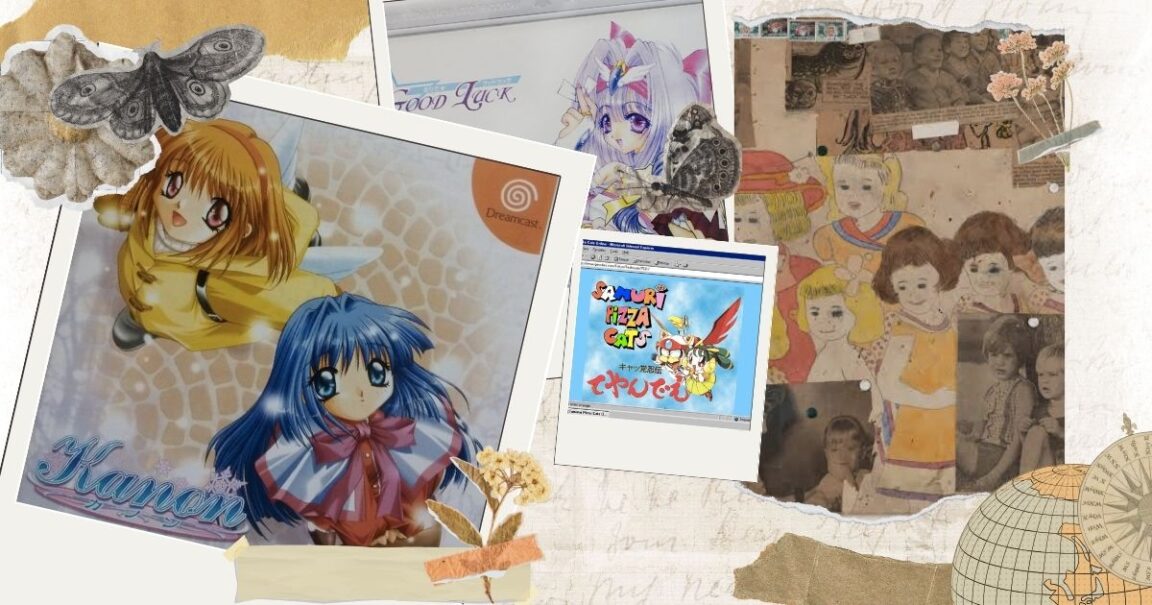There are few times in life that capture a moment with the elegance and simplicity that media provides us. The seemingly random shifts from one brief flicker of life to the next are not suited to the almost sterile, isolated feelings we often long for. There is no writer, nobody to structure our experiences in a way that feels thematically poignant, and whilst that mix of emotions and sensations and cravings and pains and desires all clashing together is what makes life such a wonderful thing, sometimes, it’s natural to long for something more condensed and safe to help you contextualise your feelings.
I think, in a way, that’s why we often hold close the media that we do. We look within it for a glimpse at our own experiences reflected back at us with the accuracy and elegance we so crave in our responses to them. It is this power that can make any setting, from the mundane to the magnificent, feel like home, if for but a moment.
Part 1: Bishoujo Motherfucker
Bishoujo is a genre that anyone interested in Japanese artistic works certainly has some experience with. The term, referring to pieces of media that centre themselves around beautiful girls for a predominantly male audience, serves a purpose that is often misunderstood by those looking at anime for its more classically action-driven components. The very concept is often misattributed to being “girls media”, as if stories focusing on women that aren’t purely erotic in nature cannot possibly appeal to the boys and men of the world.
It should come as no surprise that I find this to be, at best, misguided and, at worst, a disgustingly bigoted and pathetic approach to media critique that only acts to limit the types of stories that can be told, as well as limiting the types of characters we get to see in said media. (See: any forum discussing Rei from Star Wars circa 2016)
Romance is ungendered, sorrow is ungendered, and though slice-of-life bishoujo media may not have much visceral catharsis in the forms of wars or bloody battles or political intrigue, they are often no less complex in their poignancy regarding the human experience. More so, they allow us to strip back story set pieces and complex world-building to focus on subtle character moments, both of joy and of sorrow, love and loss, the ebbs and flows that make up relationships. At their best, a bishoujo slice of life story can crush you under the weight of a character’s thoughts, and even at their worst, they can show a snapshot of a time in stark, unflattering clarity that points to the vulgar lens through which we are expected to gleefully gaze.
Kanon, despite its somewhat dubious reputation as an eroge visual novel, does not give in to this gaze. Even in its oft-criticised adult game past, the writers were so seemingly uncomfortable with contextualising the obligatory sexual moments that they come out of nowhere as dream sequences, detached and often at odds with the emotions the game has conveyed. Every subsequent variation of the story had these removed, with nothing being lost in the process, thankfully.
The story of Kanon focuses on Yuuichi, a 17-year-old boy visiting a cold, distant town that he hasn’t been to since childhood. He is there to stay with his cousin and Aunt, Nayuki and Akiko, respectively, while his parents are overseas. However, I have to explicitly stress something that would have likely become apparent sooner rather than later:
This is not an article about Kanon.
Whilst Kanon is certainly not irrelevant to the conversation; it will not be taking centre stage today. Rather, it is what sent me down a rather tumultuous and bizarre journey a few months ago, and it eventually culminated in the reverse justification of time wasted that you see before you.
Now without further adieu:
Part 2: THE POINT
The fact is, I have a fascination with media that is considered to be “for” a particular group; things that were not just intended for an audience like Madden, or that were adopted by an audience after the fact like Brony culture, but things that feel like they are entwined with any and all preconceptions of what that culture is. These are the cultural touchstones that we can look back on and see what a particular group of people was seen as. You can see a reflection of their shared identity, their hopes and dreams, and their vision for the world, and then split those pieces of media into those that stood the test of time and those that did not.
Mostly, it’s the latter category that I find the most interesting, as it’s the side I feel is more representative than their more successful counterparts. The things that last decades are the things that stand out, rather than the things that form the status quo, and that status quo is, because of this, far more difficult to find information on.
Part 3: Why is That a Bad Thing?
Well, when we discuss the cream of the crop regarding the creations of a particular time, we see those things that stood out enough to be remembered, preserved, and mythologised in the time after the thing was created and released. This is all well and good, but it doesn’t account for the fact that we as people love sorting through the grand trash monolith of the past to form the basis of the present. We don’t know what our cultural fascination with the past is going to look like until it appears, and this lack of detail in archival means that the potential influence or chance for revival becomes smaller and smaller as they fade into the dull edges of a world that has distinctly left them behind.
We can see this diminishing possibility in the works of Henry Darger, an unknown isolated loner whose magnum opus of a mixed media passion project, “The Story of the Vivian Girls, in What Is Known as the Realms of the Unreal, of the Glandeco-Angelinian War Storm, Caused by the Child Slave Rebellion” has inspired artists for decades with its thousands of lush, surreal illustrations and tranquil, naturalistic landscapes paired with the horrors of Darger’s perception of the great war machine.
Darger’s work was completely unknown until his death in 1973, when it was found by his landlords Nathan and Kiyoko Lerner who, given his lack of other family members or friends, took over his estate and shared some of his work with the world. One of these individuals, Nathan Lerner, was a notable photographer in the area, and since the two immediately saw these 15,000+ page works as something valuable artistically, we now have more information on this reclusive artist than anyone likely had when he was alive.
I often think about what would have happened if the people sent into Darger’s apartment weren’t tapped into the outsider art scene, or were less interested in preservation. I wonder what it would have been like to step into the late Henry Darger’s apartment and find tens of thousands of artworks and notes and details about this bizarre world of doll-like children in states of duress, and joy, and torture, and bliss. How many in the 1970s, the time of Richard Nixon, would have simply seen it as trash?
We can say beauty is in the eye of the beholder, but in cases of outsider art and small movements, the ability for something to exist, the justification for allowing something to take up space on this earth, is also in that beholder’s eye.
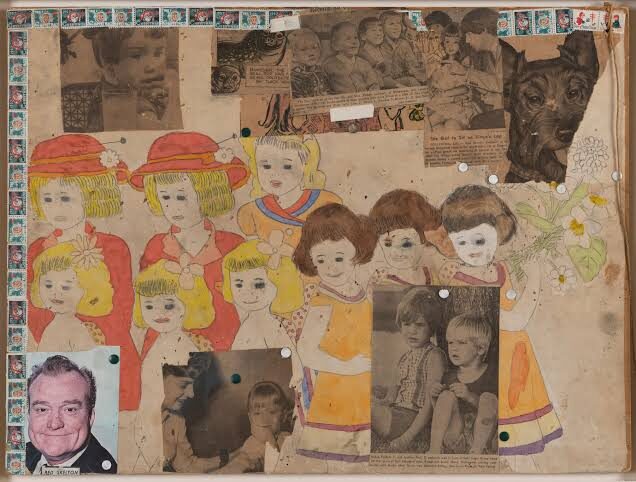
Part 4: Okay, But Who Cares, And Why Are You Still Talking About This?
The answer to both of those questions is that I care. I care about the eternal tapestry of human creation, and I care about the most marvellous things that get created and disappear forever or end up in some ocean-poisoning landfill. We may not have the capacity to appreciate every work of art that is made by the human mind, nor would we want to if we could, but to someone, a lot of that art was their entire world, and the idea of it drifting into the abyss without a second glance legitimately breaks my heart on a regular basis.
In today’s speech, I will be primarily focusing on a particular time period in the past tense for the obvious topic, but we can see this idea happening in real-time with sites like the Small Youtuber Subreddit.
Part 5: Small Youtube and You… Tube
Despite the fact that the internet has expanded the possibilities of what a community can come together for an infinite number of times, we still tend to think about them as spaces of shared enthusiasm. However, as we can clearly see in groups like the incels, there can be enormous, globe-covering communities built solely out of people that don’t want to be there, hate that they are part of it, and often hate all the other members of that community. It’s a support group for people that don’t want anyone else to succeed, and at a certain point don’t even want to succeed themselves.
See, to me, the Small Youtube Subreddit, while ostensibly a place for small creators to share ideas and collaborate, is actually a place of true shame and frustration. It is a large, active community of people that seem dead set on not wanting to be there, and it comes across in many of the posts I’ve seen appear from it.
To read the comments on posts is to see a genuine confusion about why certain content isn’t seeing an audience, but more than that, we see a large number of people who have found themselves in the undesirable position of wanting to be a Youtuber for its own sake, following any and all trends that will allow them to get there. This has not only led to a lot of disappointment and heartache for those making content, it has created a monolith that reminds us the internet, and the world as a whole, is always bigger than we think.
Youtubers have been making documentary-style videos about incredibly niche topics for years, and the thing that really strikes me is that every single one of these tiny little channels filled with frustration and desperation as they are has often made dozens, if not hundreds of videos, and that paired with their life outside the medium, would make them studyable, or a viable subject for a story themselves that would likely get more attention than all the work they’ve put out combined.
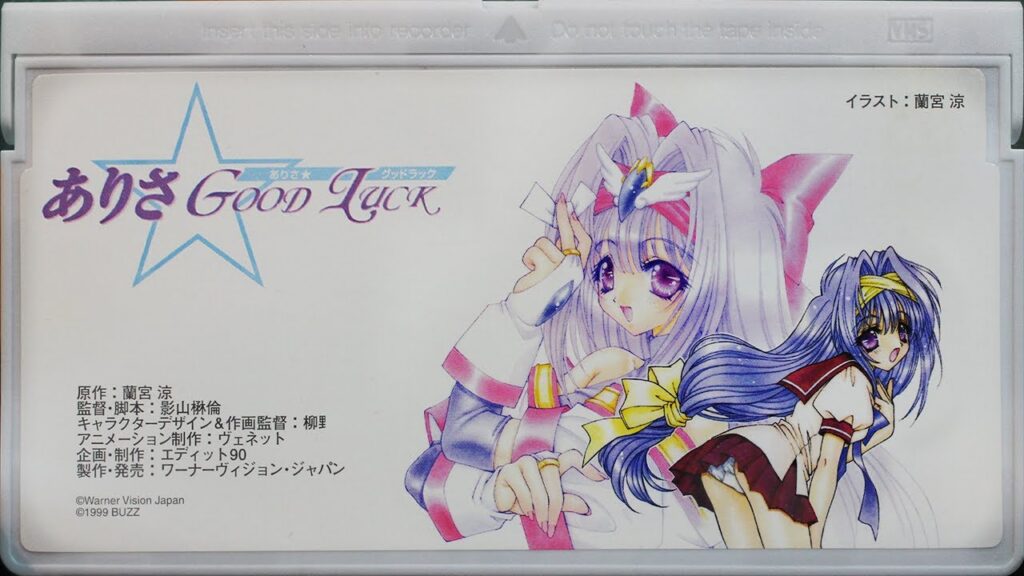
We can see this with the recently-uncovered magical girl anime OVA, Arisa Good Luck, which was plucked from almost complete nonexistence by a Youtuber, hazel, simply as an example of how obscure a piece of media can get. This 1999 single-episode show was not based on a prior work, and while it did have some notable names attached to it within doujin circles, it was meant for a small, self-released tape and DVD run in the Comiket market.
It’s easy to see why this untranslated, admittedly pretty mid-piece of work didn’t get widespread archival, but what strikes me when I look at it is the fact that it is a fully-fledged world like any other. Whilst it’s certainly not a work of artistic significance in the sense that it was never going to revolutionise a genre or uproot the market, a team put considerable work into this production, even to the point that it had to be delayed slightly past the time in which it was meant for, which was a single Comiket doujin convention. Because of this, a promotional VHS was handed out to those who had pre-ordered, which I’ll play now in its entirety while I talk:
https://archive.org/details/arisa-promo-vhs
Pay attention to the world, the lines that make up each character, the designs, the little moments of silence, and the synthetic accompaniment. Sure, all of this might be standard for the time, and its weirdly “about to turn into hentai at any moment” vibe that a lot of low-budget 90s anime had doesn’t offer a lot in the way of something to latch onto, but it’s a story a group of doujin creators thought was worth telling, and a character they thought should exist, even if just to maintain a hold on the interest of a very specific community with tropes and designs they were known to enjoy.
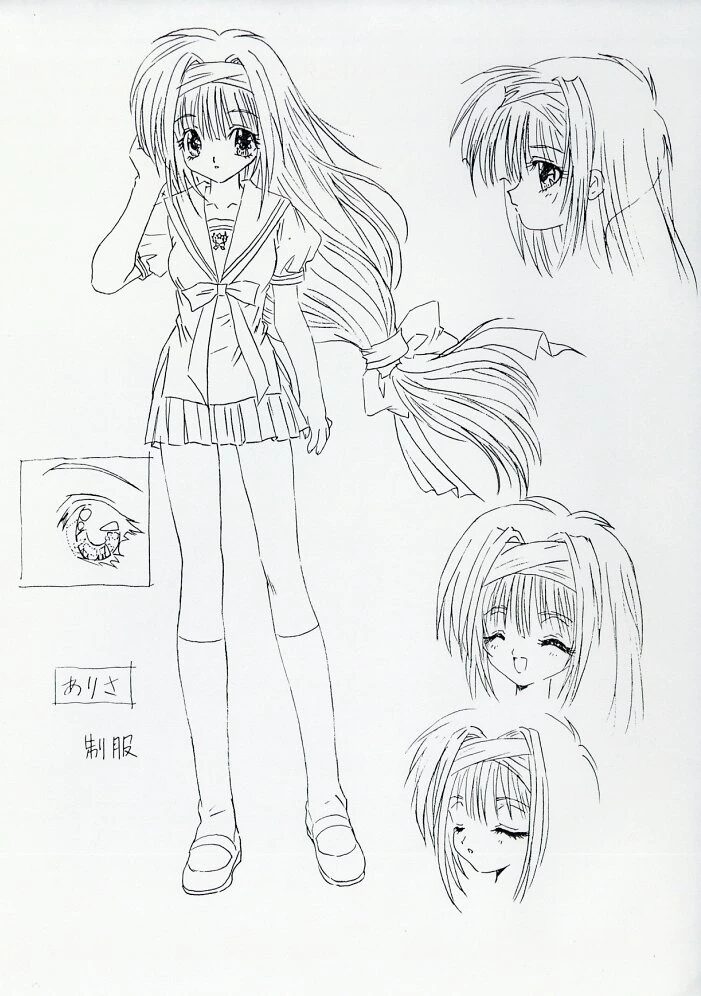
Part 6: Getting Closer to a Point
The more paint-by-numbers approach to idea creation is more common than we like to think within artistic spaces, that process of building up content and art and large bodies of work all based on the needs of an algorithm or an established idea of what the people of a time will want. Couple this with the limitations of the technology available at a time, and you start to see that box of lucrative fame and recognition we keep trying to lick the peanut butter from, only to be trapped in.
However, going back to small YouTube creators who are exclusively making the type of content that the algorithm suggests to them, this is generally something that comes with the possibility of clout and monetisation, as people endeavour to make it big and supplement or replace their income with something that is seem to offer a level of stardom, even within an extremely niche community.
Part 7: Aaaaaaaaaalmost to the Point
So, what happens when these factors are taken away? When the infancy of a particular medium or platform allows it to act without the possibility of financial compensation or widespread adaption? Well, these tend to be considered the golden age of any medium, the time when “art is made for art’s sake”, and while this is hugely dismissive of the wealth of wonderful art and creativity that comes after that perceived heyday and often is more emblematic of an “us vs them” age issue more than valid criticism, there is something to this sort of idea. It’s true that there is a wild west approach to creation when nothing has been set in stone in terms of what a piece of art should be, and we don’t have to look very far to see it.
Part 8: THE INTERNET: WEB 1.0
The early internet is fucking insane, and I would live in its trembling maw if I could.
To be clear, in terms of the early internet, I was like 4 when most of what I’m referring to was at its peak here, so this isn’t nostalgia for me; it’s something I legitimately think is just amazing.
So, a lot has been written about the idea that the internet is getting more homogenous, and that comes with benefits and downsides. I’m less likely to be sent illegal imagery by random 4Chan users, but I’m also less likely to stumble across something truly beautiful that will hold my undivided attention for 15 years straight and destroy my adolescence and early adulthood with its eternal thrall.
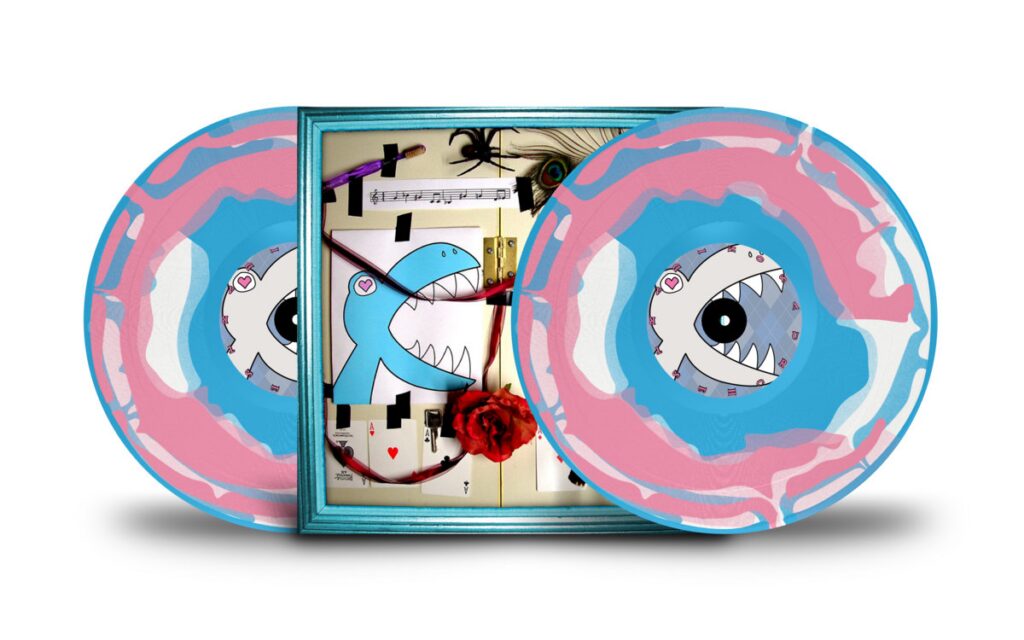
There’s a lot of stuff out there that has shaped my view of the world and the things that interest me, and I’ve always been someone that is drawn more to the idea of the past than the future. This isn’t in some idealised “back in the good old days” way, quite the opposite, I hold by the fact that I would have died or been killed at many moments in history before this one, so all praise modernity thank you for making fructose the enemy of the people.
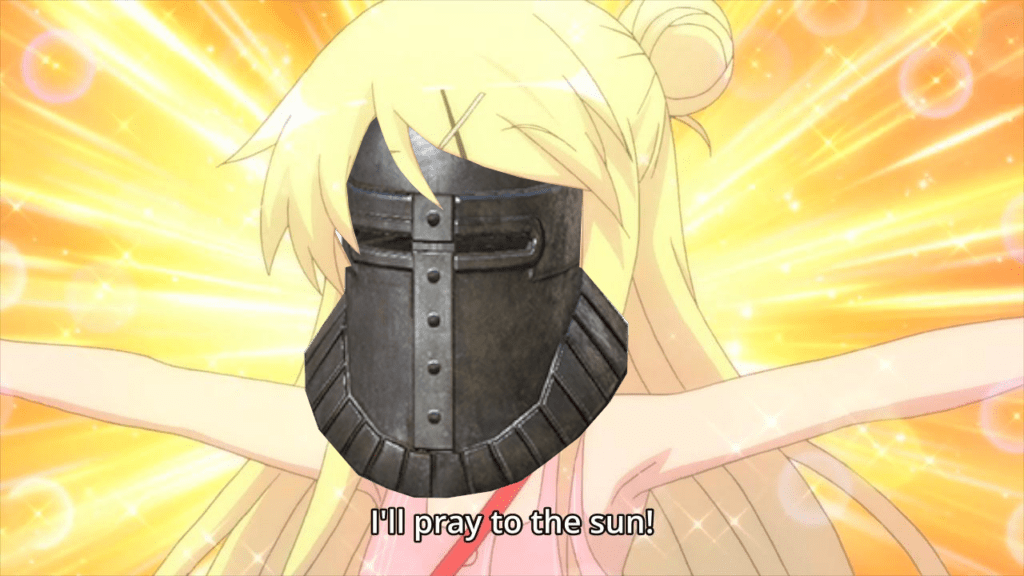
Rather, when I look into the past, I see it in the way that The Caretaker’s Everywhere at the End of Time sees degeneration, or the way Evangelion sees AT-Fields. As time passes, the binds of the past degrade, blending into each other until they create a muddied, but beautiful finite completeness, perched tapestry-like on the walls of a distant memory. Each single patch or weave may not hold the same defined weight it did when it was a standalone piece, but its place in the final decaying testament to a moment is no less impactful.
The old internet is absolutely my favourite form of this to explore. Like new civilisations rising, falling, and then rising again in the same place, the internet is a sugar factory and an abattoir both built on the remains of an anthropological graveyard. There’s something exciting about seeing a website URL on the back of a card or figure from 30 years ago, and going to the Wayback Machine to see this hidden gem that feels like it’s there for you and you alone to explore.
https://web.archive.org/web/19981212033510/http://www.tomobiki.com/
https://web.archive.org/web/19961222135253/http://anime.net/
https://web.archive.org/web/20010401044203/http://www.anime.net/
https://web.archive.org/web/19961129202444/http://gundam.anime.net/
Looking upon works like this, I feel like the person stumbling across Ozymandias’ domain, the ruins of grand ambitions, and in a sense, I do look upon these works and despair. When I see a view counter sitting silently at 00000, never to shift, I see my own work in them, I see the fate of most artists. It’s not the fate of being forgotten that shakes me in those moments, but the fear of passing time, and that my entire existence is unlikely to be as well archived as the anime sites I find in the scrap heap of eternity that is the internet. But, there’s still hope to be found in these things, I mean look at them!
These exist, they heave with a life that I wish I could put into everything I do. Part of what has kept me a fan of a lot of the works that I care about from my adolescence is that they just keep me excited about the possibilities of the human experience. They’re magnificent, they burn with obsessive passion and care, and I can’t see that as not worth dedicating yourself to. I mean, fuck, just look at this Rotary International site:
https://web.archive.org/web/19970112085320/http://www.mainerec.com/
Or just, god, fuck, here are screenshots: 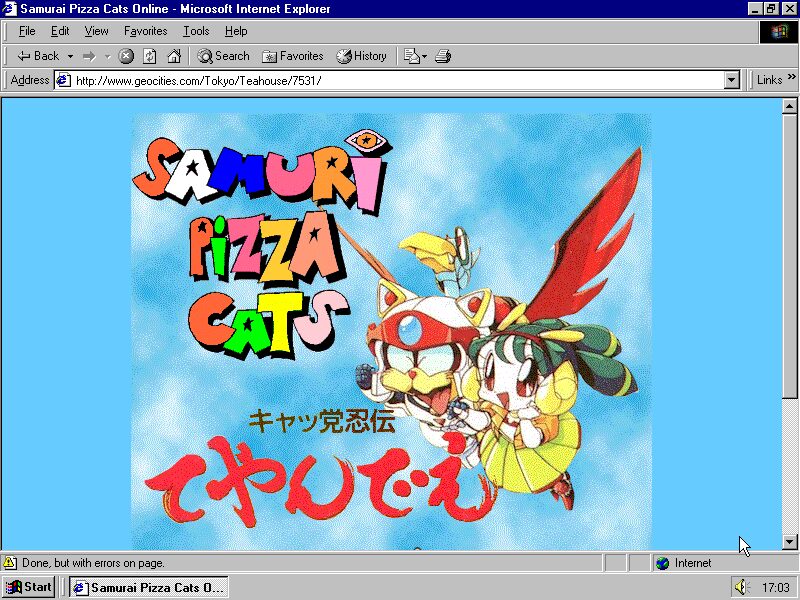
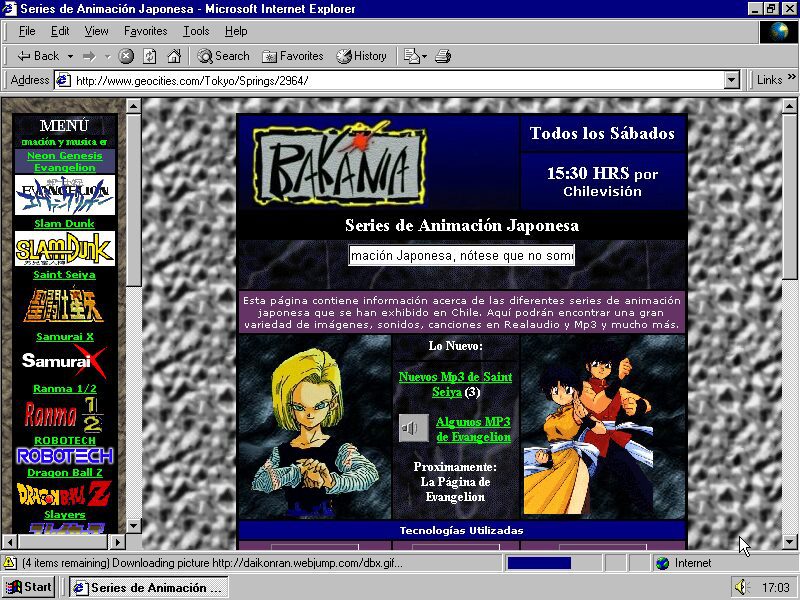
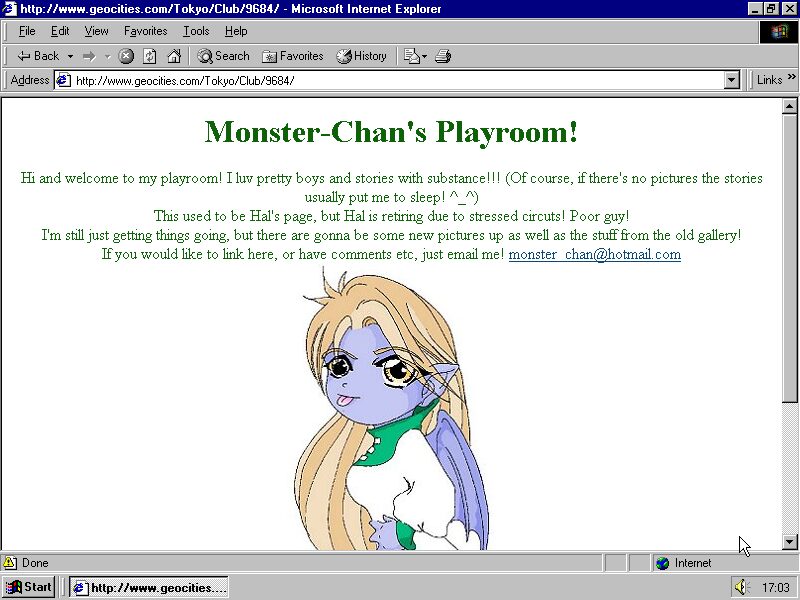
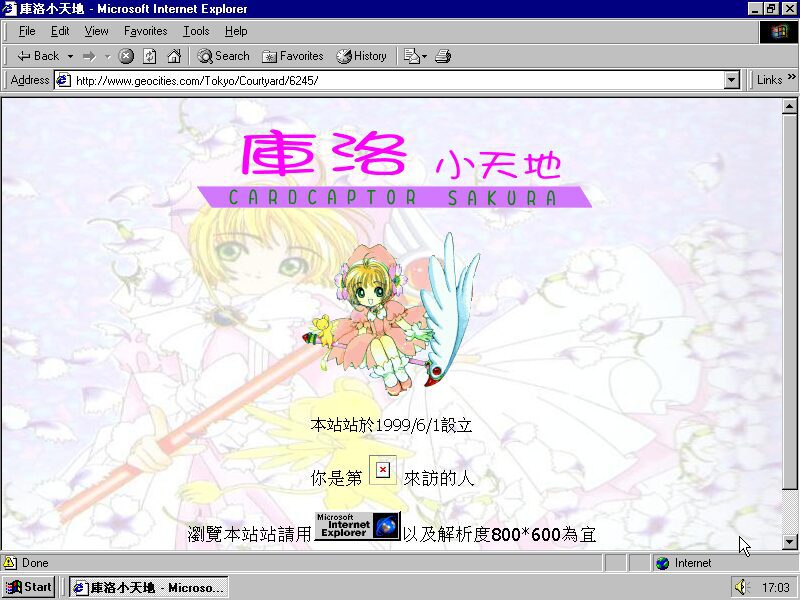
These are goddamn works of art in and of themselves and I don’t care how that makes my taste in things appear. I can appreciate the subtle beauty of a Rembrandt, the dark beautiful romance of a Rachmaninoff composition, , but shit man, these sites fuck.
Part I Don’t Remember: To Be As the Flute
For this, I’d like to share a poem by the 13th-century Persian Islamic writer, Rumi:
Come, come, whoever you are.
Wonderer, worshipper, lover of leaving.
It doesn’t matter.
Ours is not a caravan of despair.
Come, even if you have broken your vow
a thousand times
Come, yet again, come, come.
We are as the flute, and the music in us is from thee;
we are as the mountain and the echo in us is from thee.
We are as pieces of chess engaged in victory and defeat:
our victory and defeat is from thee, O thou whose qualities are comely!
Who are we, O Thou soul of our souls,
that we should remain in being beside thee?
We and our existences are really non-existence;
thou art the absolute Being which manifests the perishable.
We all are lions, but lions on a banner:
because of the wind they are rushing onward from moment to moment.
Their onward rush is visible, and the wind is unseen:
may that which is unseen not fail from us!
Our wind whereby we are moved and our being are of thy gift;
our whole existence is from thy bringing into being.
Finale: What Have We Talked About?
Art is a beautiful thing, creation is a beautiful thing, and when taken as a whole, I think practically all art has the capacity for greatness in the right light. There is a constant push that drives humanity to hold onto beauty, and as we take all we have accomplished and stored in the chosen vessel of our souls, there is but one thing to be learnt from it all:
Kanon 2006 is honestly a really good adaption.
I’d argue it’s actually better than the original visual novel. A lot of the weirdness of removing eroge scenes was removed, there’s no Yuuichi dating his cousin, and the KyoAni animation is absolutely to die for. The focus is where it should be, as it is with almost all the early Key/Visual Arts works, on the idea that time is passing and that each moment we get to share together is beautiful, not because it’s fleeting, but just for its own sake.
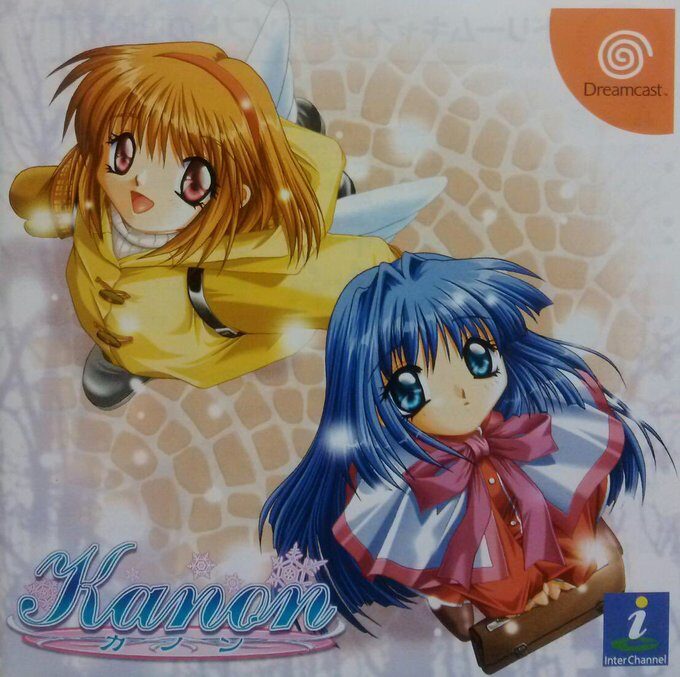
Kanon is, in part, a story about the fear of losing your autonomy and the need to cherish things, even as they may be fleeting. From the short-lived relationship with a terminally ill girl whose sister can’t bring herself to acknowledge her existence, to Makoto’s fight with cognitive degeneration and losing her ability to speak and move by herself. These are real fears, and ones I can’t say anime has ever been the best medium to tackle, but emotionally, I needed a store to resonate with me when I watched Kanon. I needed something to remind me that I want to love life, that I care about things, and that I can be allowed to love, even when love is intangible and fleeting. Things may get lost, and parts of myself I hold so dear can be crushed or taken from me, but that doesn’t make what they were any less impactful.
I know Kanon didn’t teach me that, but it gave me the reminder I needed in what was a very difficult time for me. In times like that, emotional sense often matters more than logical sense, and I have to love it for that, just as I love so much in life, and I hope to continue doing that, with you, and with the things I surround myself with.
Kanon 2006 ~ Opening HD 【 Creditless 】


